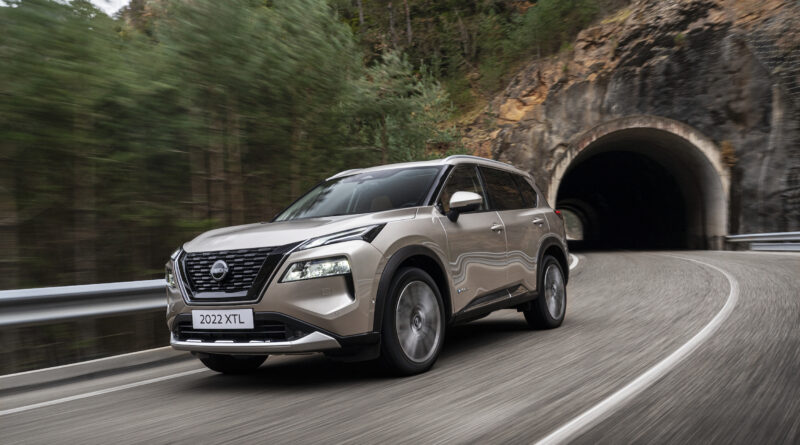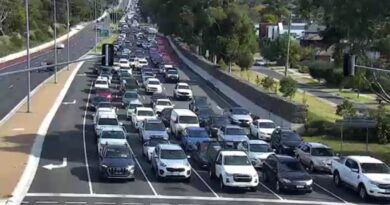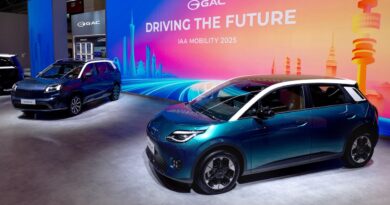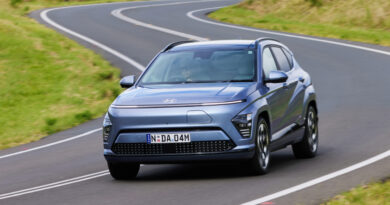“It’s dangerous”: Nissan rejects wholesale Toyota-style commitment to hybrids in Australia
Don’t expect Nissan Australia to abandon orthodox ICE and make a “dangerous” Toyota-style commitment to 100 per cent hybrid power any time soon.
Instead Nissan will try and avoid too much risk and take a steadier approach to the move from ICE to hybrid and then on to battery electric vehicles.
More E-Power range extender models will be launched across the range and prices will come down, but just how many models, how much cheaper and how soon is still in the melting pot.
READ MORE: Are diesel’s days numbered? All-new Mitsubishi Triton and Nissan Navara to score plug-in hybrid petrol powertrains as Toyota RAV4 Hybrid outsells HiLux and Ford Ranger in Australia
READ MORE: All-new 2026 Nissan Navara to swap from diesel to plug-in hybrid power as brand leans on Mitsubishi Triton for workhorse PHEV tech
READ MORE: Nissan has promised at least one new EV for Australia by 2027. But what’s happened to the Ariya?
Right now, there are three X-Trail medium SUV and one Qashqai compact SUV E-Power models, but none are priced below $50,000 plus on-road costs.
By contrast, Toyota’s hybrids are priced as low as $28,500 (before on-road costs).
Asked if Nissan could offer an E-Power priced somewhere in the $40,000 bracket, Nissan Oceania (which includes Australia, New Zealand and Pacific nations) managing director Andrew Humberstone said:
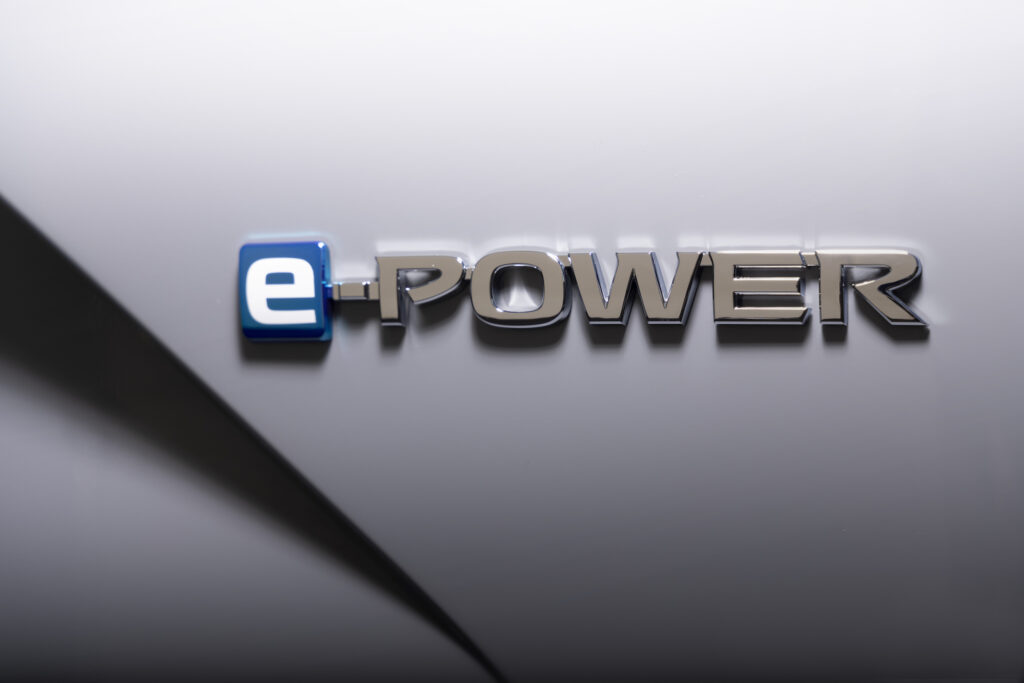
“I think the short answer is yes. The question is when?
“It’s all about timing these things. We are looking at our global product portfolio and we are looking at when do we reduce what?”
Since mid-2024 Toyota has offered only petrol-electric hybrids in its Yaris, Yaris Cross, Corolla, Corolla Cross, Camry, RAV4 and Kluger.
In January 2025, the RAV4 Hybrid was Australia’s top-selling vehicle.
But Humberstone is clearly certain that Nissan cannot make such a dramatic move pay off.
“I think it’s dangerous, I don’t know if the market is ready for it,” he warned.
Humberstone is the author of a new strategic plan for Nissan Australia which endeavours to rebuild it for the long-term into a top six brand.
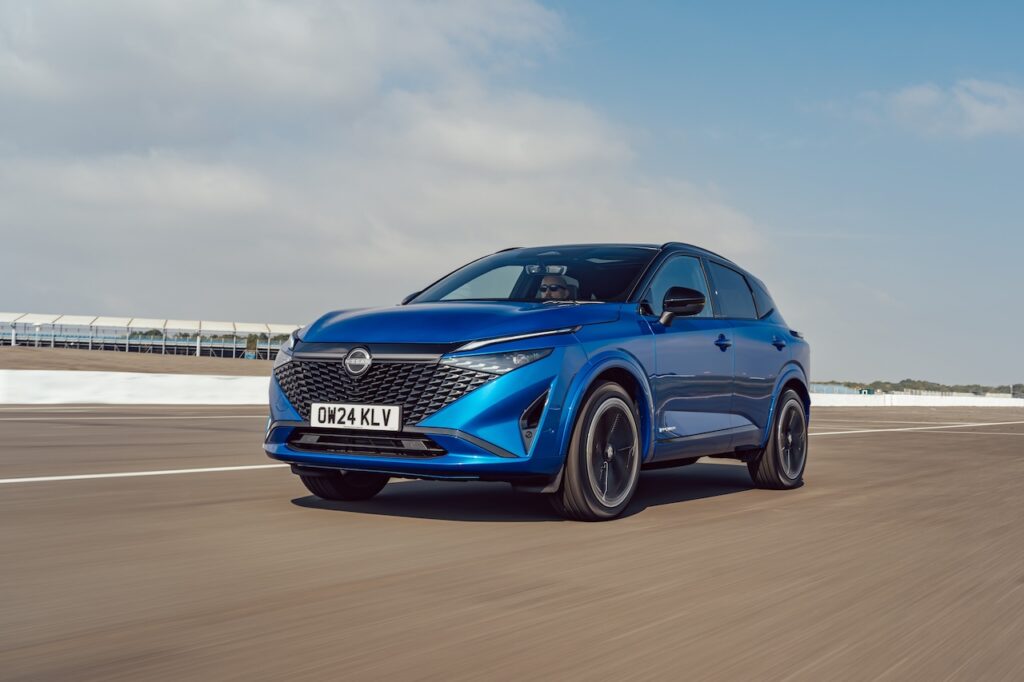
Popularising E-Power under the tagline “hybrid reinvented” is part of the strategy.
Essentially, E-Power will be Nissan’s bridge from ICE to BEV. Currently, it sells only the aged Nissan Leaf EV and will add the overdue Ariya later this year.
The second generation Leaf is expected in Australia in 2026.
“Hybrid reinvented … I think will be around for quite a while because I think that space will be quite elastic compared to traditional ICE vehicles,” Humberstone predicted.
“I think the winners … are going to be the [brands] that make that journey most efficiently and effectively.
“So at what stage do you fully exit ICE? Or have one derivative of ICE vehicle versus a broader 80 per cent potentially E-Power hybrid reinvented [range], versus a further 15-20 per cent full electric?
“Or what is that mix and how do you balance that? The timing of that is going to be a differentiator for manufacturers.”
On top of accurately responding to customer demand, Nissan’s evolution into electrified models must deal with internal factors – such as Nissan’s own search for a merger partner globally that may or may not include Honda – and external impacts such as the newly introduced NVES CO2 reduction scheme and an upcoming federal election that could influence its parameters.
“It makes it a lot more difficult when the sands are moving, so this comes back to my point at what time do you execute what?” Humberstone said.
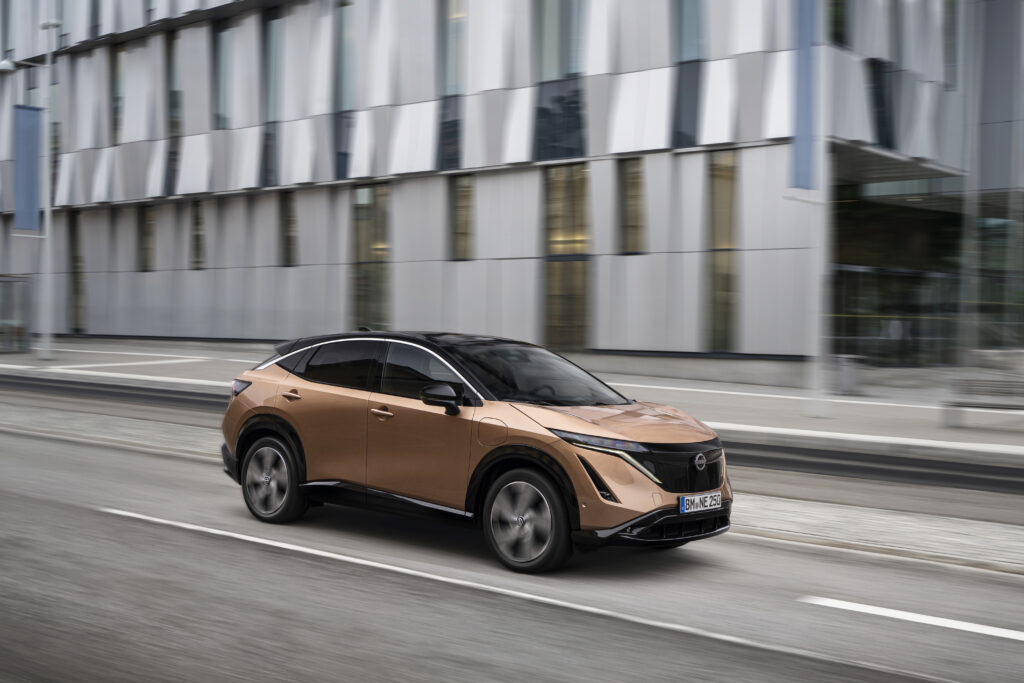
“Options are available to us the question is when do we execute?”
One option Nissan Australia won’t take up is a plug-in hybrid (PHEV) version of the top-selling X-Trail SUV range.
That’s despite the technology being available, Aussie new car buyers showing more interest in PHEV and a slew of Chinese plug-ins on the way to capitalise on that.
The X-Trail’s US non-identical twin, the Rogue, will gain PHEV technology sourced from alliance partner Mitsubishi.
The PHEV system will be the same one as used in the Mitsubishi Outlander – which is already sold in Australia – and could be in showrooms as soon as soon as 2025.
“It’s not in our mid-term plan,” Humberstone told EVCentral.com.au.

